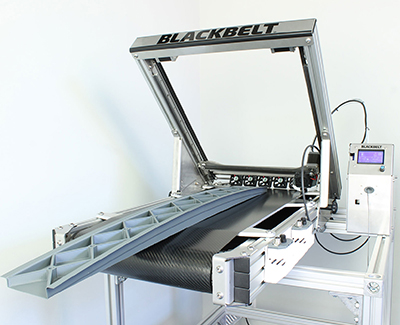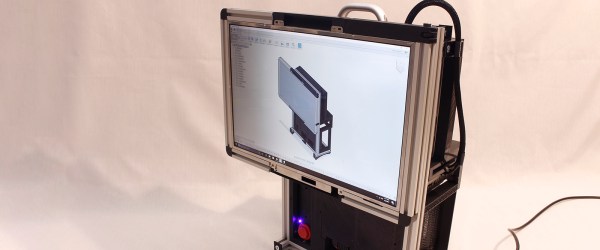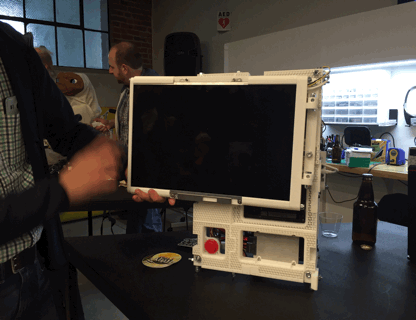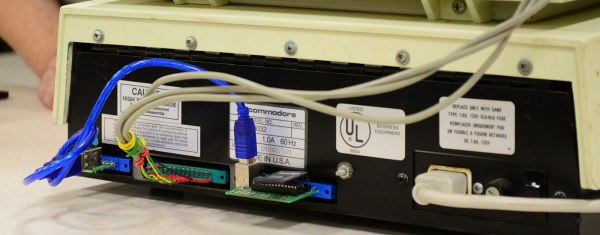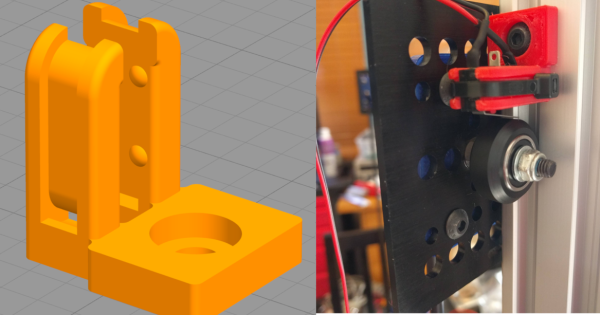Last week, the Blackbelt 3D printer launched on Kickstarter. What makes the Blackbelt 3D printer different than any other 3D printer on Kickstarter? This printer has an infinite build volume. It’s built for continuous production. As long as you have a large enough spool of filament, this printer will keep producing plastic parts with no downtime in between. The Blackbelt is a truly remarkable and innovative machine. Yes, it’s a bit expensive, but it’s designed for production and manufacturing, not some guy tinkering in his garage.
However, the Blackbelt 3D website includes two words that have sent the 3D printer community into an uproar. ‘Patent Pending’ is something no one in the community wants to see given the history of the industry and a few poor decisions from the first movers during the great 3D printer awakening of 2010. The idea of an infinite build volume printer that allows for continuous production is not new; we saw one last March at the Midwest RepRap Festival. The question, therefore, is what is covered by the upcoming Blackbelt patents, what is the prior art, and is it still possible to build an Open Source printer that uses these innovative techniques?
Continue reading “The IP Of The Infinite Build Volume 3D Printer”



